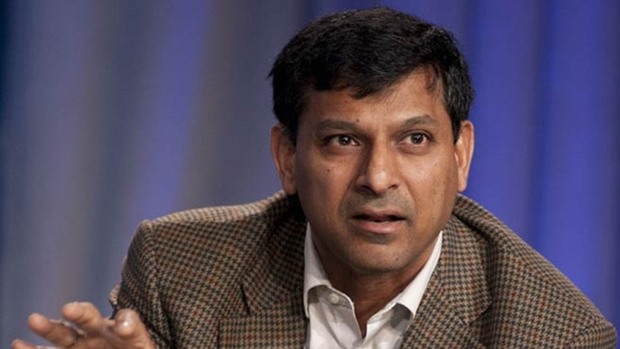India’s biggest buyers of bad loans are predicting record business for the industry this quarter as central bank incentives prod banks to speed up efforts to cut stressed assets.
Reserve Bank of India governor Raghuram Rajan set lenders a March 2017 deadline to clean up their balance sheets and gave those completing a deal by this March consent to spread losses from the distressed-asset sale over two years. The measures may encourage disposal of bad debts worth as much as Rs400bn ($5.9bn) before April, according to Edelweiss Asset Reconstruction Co, the top purchaser.
“This will be a record quarter in terms of bad loans bought by asset-reconstruction companies,” Siby Antony, chief executive officer at the unit of Mumbai-based Edelweiss Financial Services Ltd, said in a phone interview. “Banks are offering better prices and terms.” Rajan needs to clear non-performing assets to reverse a slowdown in bank lending that has complicated his efforts to boost growth in Asia’s third-largest economy. Credit-default swaps protecting notes of the largest lender State Bank of India, considered a proxy for the sovereign, have climbed the most since September this month. India’s finance ministry trimmed its economic growth forecast for the year through March to as low as 7% last month, down from a previous forecast of 8%.
The proportion of Indian lenders’ stressed assets, which include restructured and soured loans, to total advances surged to a 14-year high of 11.3% as of September 30, creating opportunities for firms such as Edelweiss, which is among the 15 asset-reconstruction companies, or ARCs, formed based on a law passed in 2002 to help reorganise non-performing credit.
“We will be keen to buy stressed assets this quarter and have enough capital to buy up to Rs100bn,” said Vishal Kampani, managing director at JM Financial. The Mumbai-based company’s ARC unit has a market share of 18%, data available on it website shows, making it the third-largest player.
The central bank is “in constant dialog” with lenders regarding their asset quality and the banks will be able to focus on lending and growing loan books after the purge by March 2017, RBI governor Rajan said in December.
Rajan and senior RBI officials met with lenders, non- banking financial companies and ARCs on Monday “to discuss the current challenges with regard to the management of stressed assets in the banks’ books and the implementation of the various measures taken by the” monetary authority in this regard, according to a statement on its website.
Loans in India grew by 11.1% in the 12 months through December 25, less than a five-year average of 15%, fortnightly central bank data show, as banks seek to shield profits amid surging delinquencies. The cost to insure State Bank of India’s debt against nonpayment using credit-default swaps has climbed nine basis points in January to 170 as of Tuesday, poised for the biggest increase since September, CMA prices show.
ARCs bought about Rs70bn of the Rs380bn of bad debts that banks offered in the last nine months, said Antony of Edelweiss. The company is in talks to buy about Rs33bn in loans domestic banks made to Binani Cement, people familiar with the matter said last week.

Rajan: Urging banks to clear non-performing assets.


